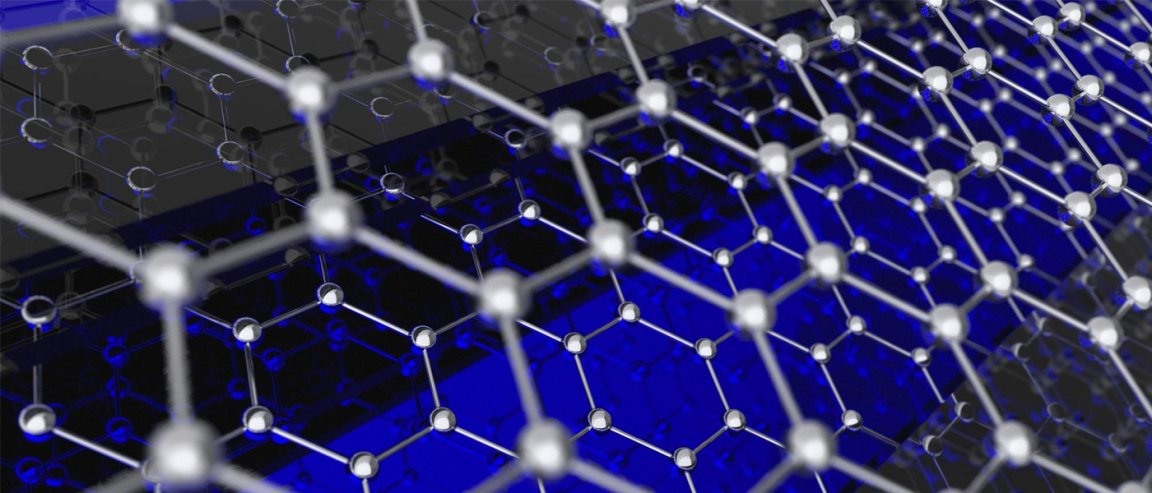
Overcoming Graphene Restrictions
Graphene has many extraordinary properties. It is carbon, but it comes in the form of a two-dimensional, atomic thick, honeycomb lattice.
Remarkably, it is 100 times stronger than the strongest steel known to man, and is a very efficient conductor of heat and electricity. The possible applications for graphene-based electronics are myriad: they include better solar cells, OLEDs, batteries and supercapacitors, and they can also be used to make faster microchips that run on very little power.
But the downside of graphene is that it is too delicate, a fact that hinders its commercial production. But that may all change.
Brookhaven National Laboratory (BNL) stumbled upon a method to make the super material graphene more resilient and tunable. They placed graphene on top of common industrial-grade glass, which might pave the way to commercially produce graphene since this type of glass is cheap.
The results of their study can be found in this week’s copy of the journal Nature Scientific Reports.
New Method to Tune Graphene

The semiconductor industry uses a method called “doping” for tuning silicon. It’s a delicate and expensive process which affects the complexity of the material and also shortens its lifespan.
Graphene is a huge improvement compared to silicon, and scientists are trying to find ways to tweak it to make it more commercially sound. But it’s been a very difficult challenge, since graphene is notoriously delicate—it is, after all, only one atom thick. And it usually degrades in quality after being exposed to the environment in just a few weeks.
BNL researchers Matthew Eisaman and his colleagues were actually working on a graphene-based solar cell when they made this discovery of using glass.
The scientists placed graphene on top of the high performance semiconductor copper indium gallium diselenide (CIGS), and then it was put on top of soda-lime glass (SLG). This is the same type of glass used for windows and bottles. The results of this placement showed that the graphene doped to the ideal level.
After further study, the scientists discovered that this happened because sodium ions in the glass transferred to the CIGS semiconductor by surface contact. The ions then migrated to the graphene, which produced a concentration of impurities that “doped” it in the correct level.
The results proved that graphene stayed strong in the cell even after it was exposed to air for several weeks. This fantastic method does not need high-temperature, chemical or vacuum processes, and it can also be applied to combinations of semiconductors and substrates other than CIGS and glass.
“We believe that this work could significantly advance the development of truly scalable graphene technologies,” said Eisaman.
What’s Next?
Now that this method has proven to be successful, scientists plan to demonstrate greater control over the doping concentrations. They will also be doing further studies on how to use this method to incorporate graphene in different products, without compromising the quality and costs.
Which means that the promise of graphene for revolutionizing electronics, computing, industry, space travel and other fields is now receding from the realm of mere theory and potential and is beginning to yield tangible fruits. And as methods for cheap graphene production are further refined, we can expect to see a host of new technologies based on this remarkable material.